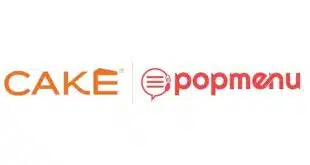As many as one-third of U.S. financial institutions could within the next two years adopt a technology that allows customers at home to convert paper checks into imaged deposits that can be transmitted to the bank via online-banking links. The strongest interest in this so-called consumer-capture capability is likely to come from credit unions, according to a recent report from Boston-based research firm Celent LLC. Some 7% of financial institutions had such a service as either a commercial or pilot product a year ago, according to a December 2007 survey done by Celent and cited in the report. Most of these institutions, the report says, were commercial banks. But credit unions and community banks may end up adopting the technology faster than banks because it offers them a way to collect deposits inexpensively, Celent says. “In particular, credit unions appear to be on a relatively fast pace to adopt through the first half of 2009,” says the study, written by Celent senior analyst Bob Meara. Lacking the extensive branch networks of banks, credit unions pay a premium for deposits. Their cost per deposit through branch offices, for example, is 75 cents, and through foreign ATMs, $2.25; a mail-in deposit costs the institution $1.75, according to Celent. Consumer capture, in which customers use PCs fitted with special banking software and linked to an ordinary household scanning device, promises to cut that cost significantly for credit unions. Like remote deposit capture, a service aimed at check-accepting merchants and other businesses, consumer capture has become possible largely because of the emergence of image-exchange networks following the October 2004 effective date of the Check Clearing Act for the 21st Century (Check 21). In image exchange, financial institutions trade electronic images of checks for clearing and settlement. USAA Federal Savings Bank, which introduced one of the first consumer-capture services two years ago, has seen its deposit base grow four times the industry average since the launch of its Deposit@Home product, the report says. USAA does not reveal statistics about the product. “USAA's Deposit@Home initiative has been a stunning success story,” Meara writes. Digital Federal Credit Union, Marlborough, Mass., has attracted 16,000 customers to its consumer-capture service, the highest count among nine known deployments for which statistics are available. That user base accumulated in just five months and represents almost 10% of the credit union's online-banking customers, according to the report. Operational results so far appear encouraging. In interviews with institutions that together account for 20,000 consumer users, Celent found few glitches. Exception rates are running roughly the same as with branch deposits, while processing costs are turning out to be lower. Duplicate items are few and corrected before posting. Fraud is non-existent so far, though Celent notes that financial institutions are being selective in offering the service; not all consumers qualify.
Check Also
How Mega Data Breaches Dominated in 2024
2024 was the year of the mega-data breach, with six breaches accounting for 85%, or …




